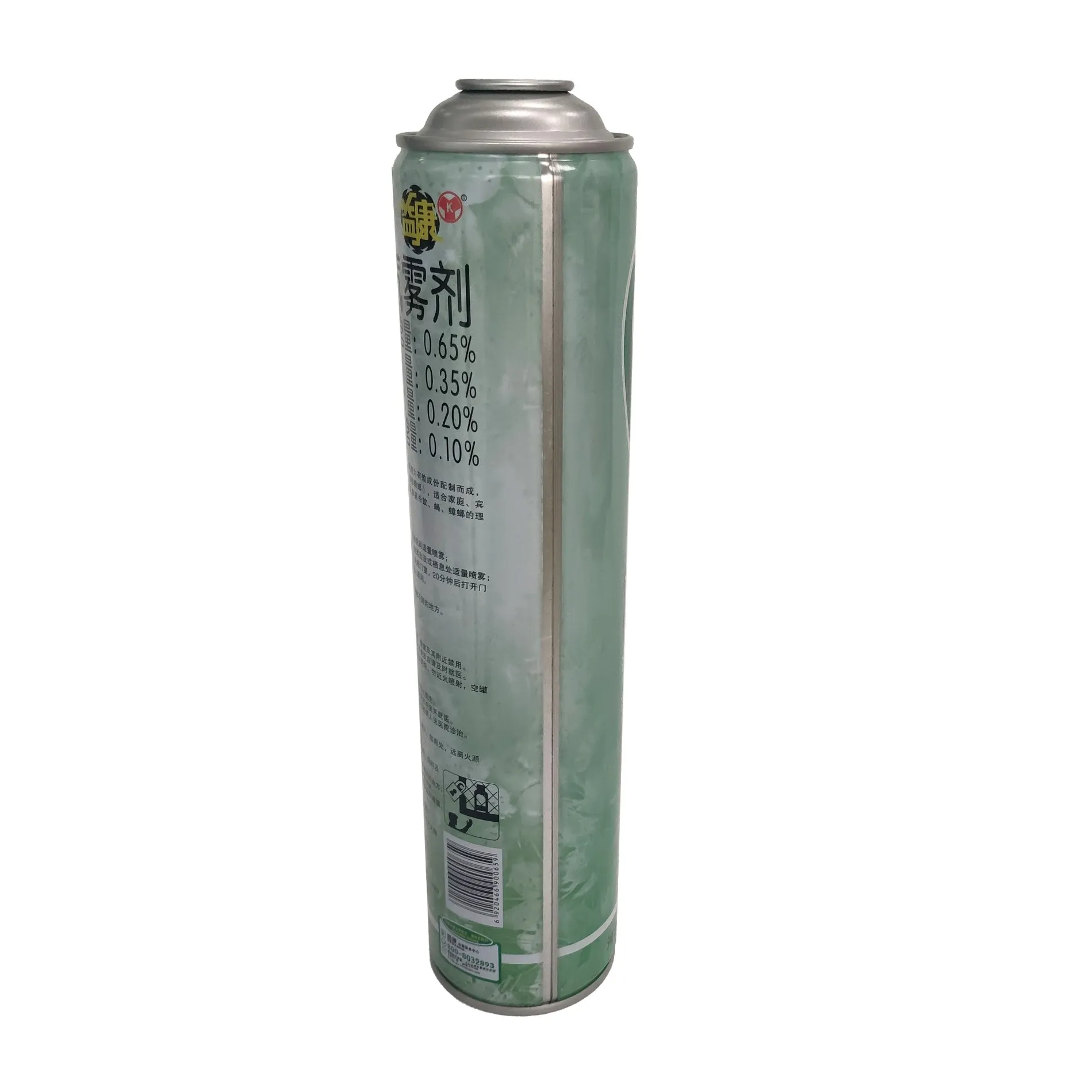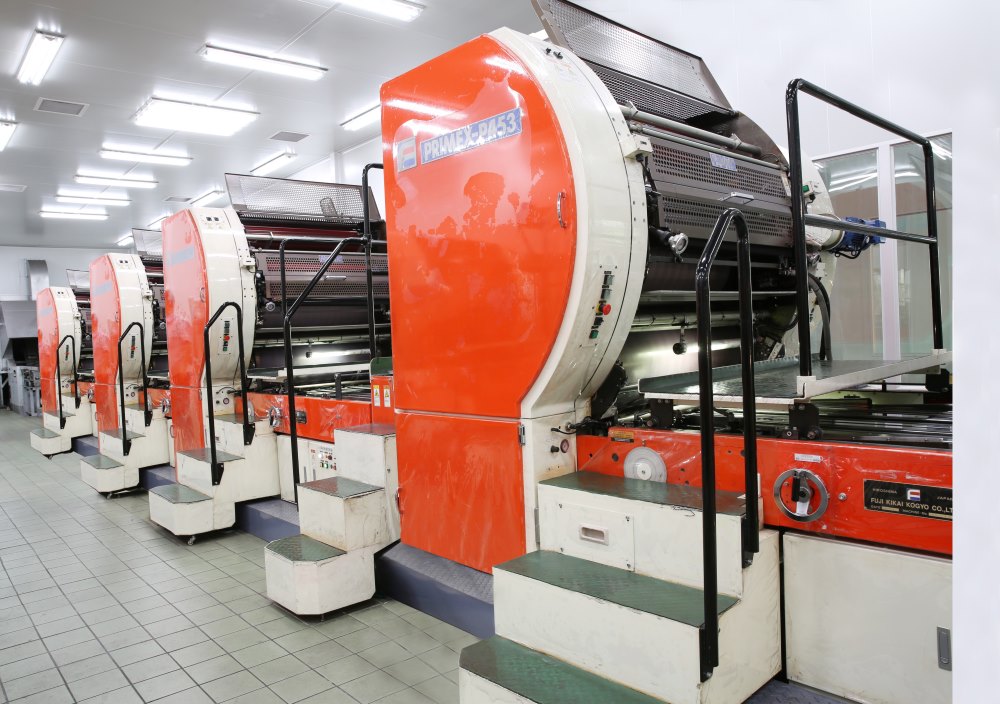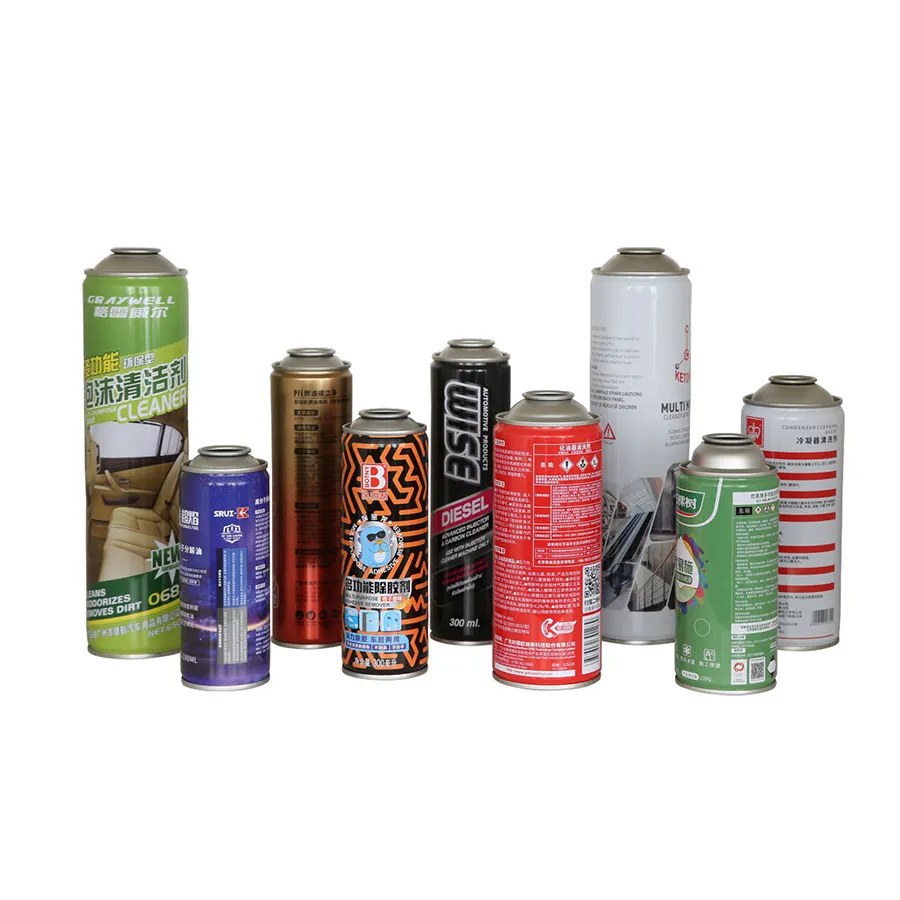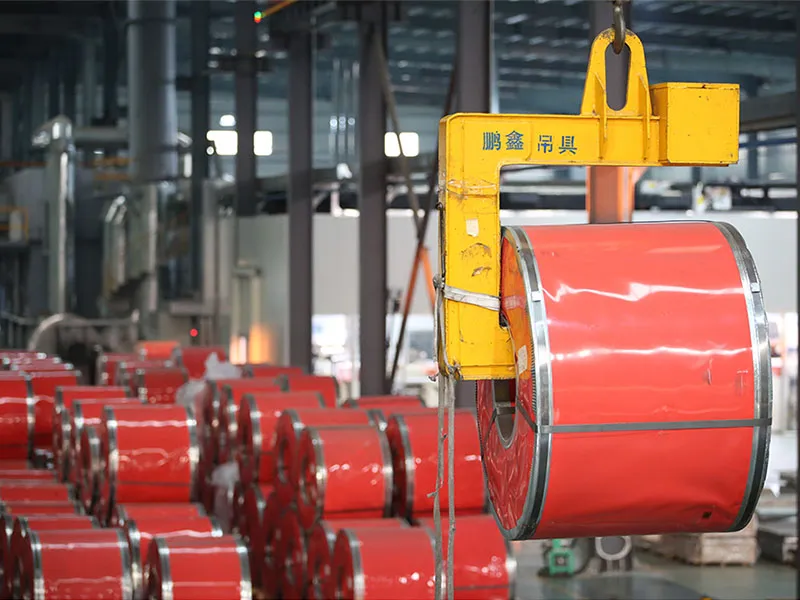In modern industrial packaging, aerosol cans are widely used as efficient and convenient containers for cosmetics, spray paints, pharmaceuticals, detergents, and other industries. When discussing the structure of an aerosol can, many people immediately focus on the nozzle or can body. However, the cone and dome are actually key components that determine the safety, sealing, and functionality of the aerosol can.
This article will delve into the cone and dome of an aerosol can and answer a series of related questions, such as "Why are tinplate aerosol cans so popular?" and "How does the structure of an aerosol can affect product safety?" This article provides a comprehensive analysis of this seemingly ordinary yet crucial metal packaging component.

What are the main components of an aerosol can?
A complete aerosol can consists of the following parts:
1. Can body: The main container for liquid or gaseous contents, typically cylindrical.
2. Cone: The portion connecting the can body and dome, shaped like an inverted funnel. 3. Dome: The slightly curved top connects to the nozzle and is the "head" of the aerosol can.
4. Valve: Controls the release of the contents.
5. Actuator: The user operates the nozzle to release the contents.
Among these components, the cone and dome of an aerosol can aren't often discussed by consumers, but they are fundamental to the stability and sealing of the entire can structure.
What are the cone and dome of an aerosol can?
The cone and dome of an aerosol can are metal structural components that connect the can body and the nozzle. They are not only a physical bridge but also a critical structure for bearing pressure, directing flow, and sealing.
· The cone: A tapered structure that transitions from the larger diameter of the can body to the smaller diameter of the dome.
· The dome: A slightly arched top structure that secures the valve and ensures stable internal pressure through sealing.

Why are the cone and dome structures so important?
1. Strong pressure-bearing capacity: The dome and cone structures evenly distribute internal gas pressure, reducing the risk of can explosion.
2. Improved sealing: These two components form a secure bond with the can body through seaming, effectively preventing gas leakage.
3. Optimized spray path: The cone's transitional shape helps the contents flow smoothly to the nozzle, improving spray efficiency.
What materials are used to make the cone and dome of aerosol cans?
In actual production, the most common material is tinplate. Therefore, when the industry refers to tinplate aerosol cans, it also includes the materials used to make the cone and dome.
Advantages of tinplate:
1. Strong corrosion resistance: Tinplate is coated with a tin layer, providing excellent corrosion resistance.
2. Easy processing: It is suitable for deep drawing and seaming processes, making it an ideal material for manufacturing the dome and cone.
3. Lower cost: Compared to aluminum alloys, tinplate is more affordable.
Are all aerosol cans made of tinplate?
Although aluminum aerosol cans are also available on the market, tinplate aerosol cans still dominate the market, especially in industries like paint spraying and cleaning products, where they are widely used due to their stability and cost-effectiveness.
What are the common types of cones and domes on aerosol cans?
Depending on the specific usage requirements and can design, aerosol can cones and domes are mainly categorized into the following types:
1. Standard cones and domes: Suitable for normal-pressure aerosol products, with a simple structure and strong versatility.
2. Pressurized domes: Used for high-pressure sprays, such as foaming agents and antifreeze, which require stronger pressure resistance.
3. Safety-break domes: Designed with a built-in stress point, they automatically rupture and release air in the event of overpressure, preventing explosion risk.
How is the quality of aerosol can cones and domes tested?
Producing high-quality tinplate aerosol cans requires rigorous testing of the cones and domes. Key testing indicators include:
· Thickness consistency
· Compressive strength
· Sealing integrity
· Corrosion testing
· Welding seal performance
The compressive strength of the dome directly affects whether the entire can can pass the pre-filling pressure test and is a crucial safety criterion.

What is the production process for the cone and dome of an aerosol can?
The production of these structural components typically involves the following steps:
1. Tinplate cutting: Cutting the metal sheet to the required dimensions.
2. Stamping: Using a die to press the cut sheet into a conical or arched shape.
3. Trimming and shaping: Removing burrs and creating uniform edges.
4. Coating: Applying anti-corrosion paint or clear varnish.
5. Quality inspection: Ensuring that the finished product meets industry standards.
These processes must be highly automated and standardized to ensure consistent quality across large-scale aerosol can production.
What impact does the design of the cone and dome of an aerosol can have on sustainability?
In recent years, with stricter environmental regulations, aerosol can manufacturers have been turning to more environmentally friendly designs. Tinplate aerosol cans, due to their high recyclability, have become a popular choice for eco-friendly packaging.
At the same time, in the design of cones and domes, manufacturers have begun experimenting with:
1. Weight reduction: Reducing metal usage while maintaining strength.
2. Using environmentally friendly coatings: Avoiding solvent-based coatings.
3. Modular assembly structures: Increasing component reusability.
These improvements not only support the call for green manufacturing but also further enhance the market competitiveness of aerosol cans.
Why choose high-quality tinplate cones and domes for aerosol cans?
For brands and factories, choosing tinplate cones and domes from high-quality suppliers offers the following benefits:
· Reduced product return rates
· Enhanced product safety
· Enhanced brand image
· Compliance with international export inspection standards
Selecting substandard cones and domes can not only result in product scrapping, but in serious cases, even endanger consumer safety.

Frequently Asked Questions (FAQ) about Cones and Domes for Aerosol Cans
1. Can domes and cones for aerosol cans be customized?
Yes, many manufacturers offer customization in different sizes, colors, and structures to suit brand needs or special applications.
2. What is the minimum order quantity for cones and domes for aerosol cans?
Dekai Metal Packaging's minimum order quantity is generally around 100,000 sets. Some high-end customization services also offer smaller orders.
3. How can you distinguish the quality of tinplate aerosol cans?
Key factors to consider are:
· Whether the surface coating has peeled off;
· Whether the pressure test meets the standards;
· Whether the seal is tightly sealed;
· Whether there are any obvious scratches or deformations.
What kind of metal packaging products can I purchase from Dekai?
At Dekai, we offer a comprehensive range of tinplate packaging products including aerosol cans, printed tinplates, easy-open ends, bottom covers, and more. As a professional metal packaging supplier in China, our customized services allow you to order in bulk with competitive prices.
Whether you're looking for cheap yet durable packaging or premium custom-printed cans, our factory-direct supply ensures both quality and cost-efficiency.

